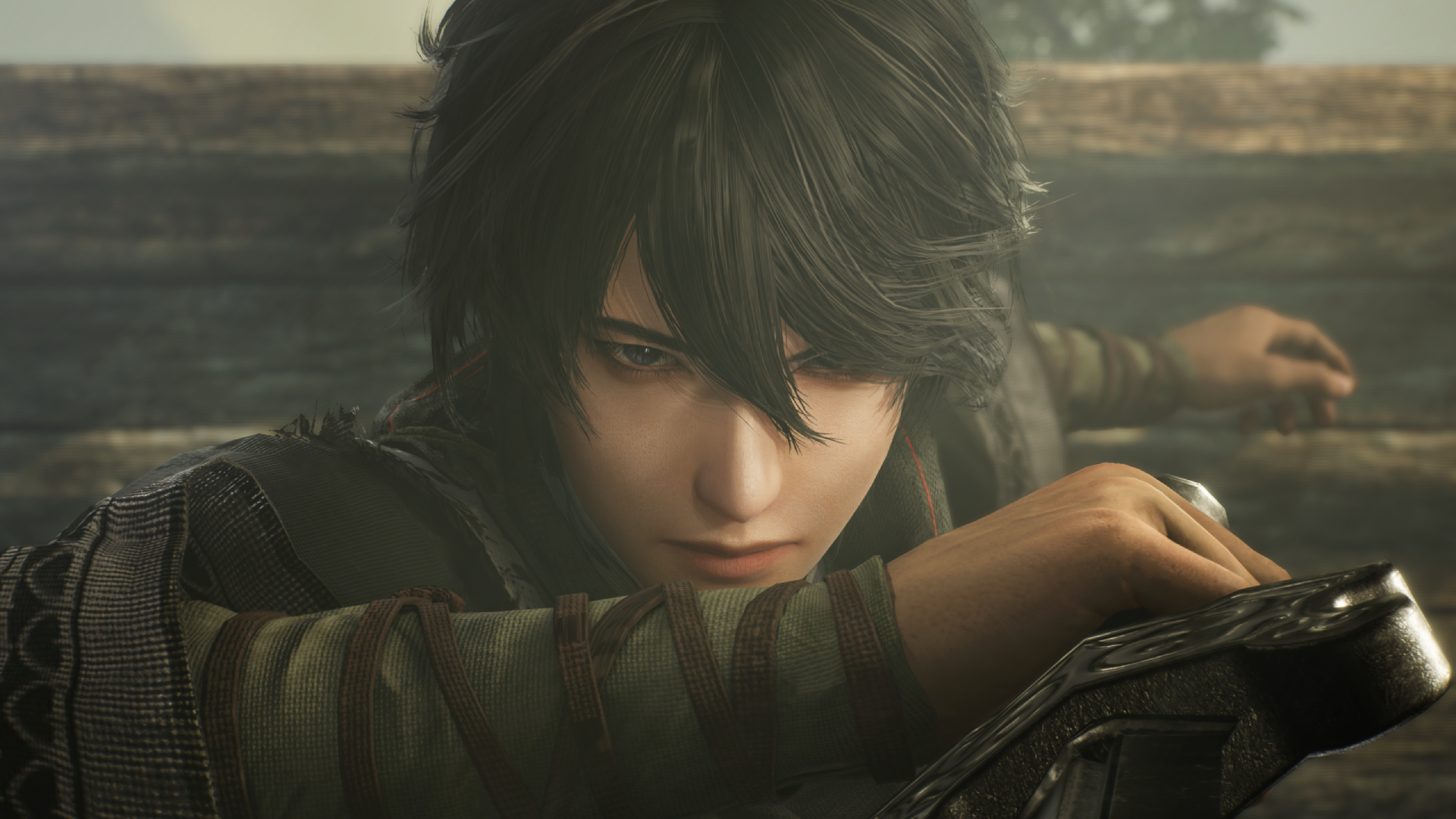
Platforms reviewed: PS5
Available on: PS5, Xbox Series X, Xbox Series S, PC
Release date: January 17, 2024
In many ways, I couldn’t be happier with Dynasty Warriors Origins. The revitalization of what had become a very tired franchise is mostly a successful one, modernizing its gameplay elements while retaining what made it so special in the first place. You just can’t get that immense ‘1 vs. 1,000’ power fantasy anywhere else, and Dynasty Warriors Origins does it better than ever.
Rest assured that for the most part, this is still a Dynasty Warriors game through and through. You’ll rampage across massive battlefields, taking out key positions and removing enemy officers from play to gain the advantage - often laying waste to thousands of soldiers unlucky enough to be on your path from A to B.
But the gameplay loop has evolved in so many ways. For one, weapon types aren’t just different ways to hit the same normal / strong attack combos in sequence, instead offering unique mechanics that set them apart from each other. New elements like grand tactics and ambush charges also add a wonderfully cinematic feeling to battles when they happen, ensuring that something monumentally exciting happens on almost every map.
Then there’s the story, which has also seen a pretty major shift, and it’s one I have mixed feelings about. The move to a sole playable protagonist is a pretty bold change on developer Omega Force’s part, and while other officers are playable (and extremely powerful) in a limited capacity, this’ll probably be a letdown for long-time series fans hoping to get stuck in with a returning favorite.
Return to the Three Kingdoms

As ever, Dynasty Warriors Origins’ narrative is based on that of Luo Guanzhong’s Romance of the Three Kingdoms. Three distinct factions are locked in a power struggle as each attempts to unify China under one banner as the influence of the Han dynasty begins to wane.
Origins’ story presents things a little differently. While still featuring the era’s major events such as the Yellow Turban Rebellion, Dong Zhuo’s tyrannical reign, and the pivotal Battle of Red Cliffs, we do it all through the eyes of an original protagonist.
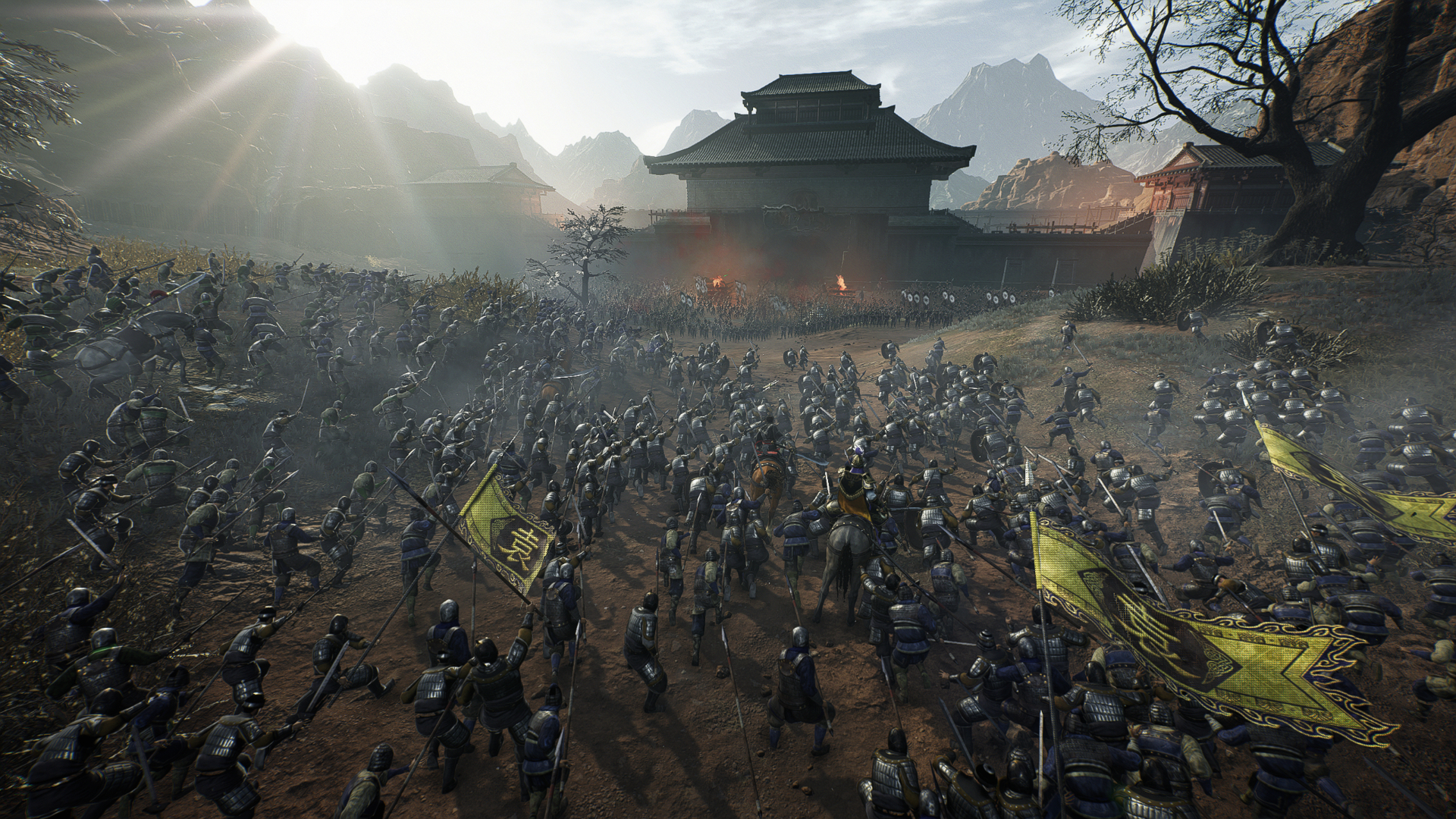
When you’re on the verge of gaining the upper hand, you’ll often have the chance to join up with a large force and charge head-on at the enemy. These moments always feel brilliantly cinematic. The camera pans back to give you a wider view of the battlefield, a subtle screen shake is applied and the thunderous roar of your troops echoes through the air. This moment is the highlight of any map in the game, especially as the music intensifies to take the whole experience up a notch.
This approach comes with its own set of successes and drawbacks. You’re given a lot of agency in the officers you wish to get to know better via bonding events and optional battles, especially later in the game where you need to decide on which of the three factions you’ll join. This, in turn, can change the latter half of Origins greatly, with you fighting different battles and armies based on your choices. That naturally makes for a healthy amount of replay value as you can go back and explore other routes via New Game Plus.
On the other hand, the shift to a single playable protagonist has plenty of faults. For one, the hero is aggressively bland. He barely registers any kind of expression during cutscenes and has no voice lines of his own outside of flavor text in battle. Plus, his story just isn’t very interesting with an amnesiac narrative that culminates in a pretty predictable payoff.
It just ultimately doesn’t add much value to the timeless and still very engaging Three Kingdoms plot. I do feel that having the option to create your own character - like in other Koei Tecmo games such as Nioh 2, Wo Long: Fallen Dynasty, and Rise of the Ronin - could’ve remedied this problem to a degree. At least then, we’d be able to apply some kind of identity to our protagonist especially as you won’t have much opportunity to play as other iconic officers - but more on that later.
Army of one
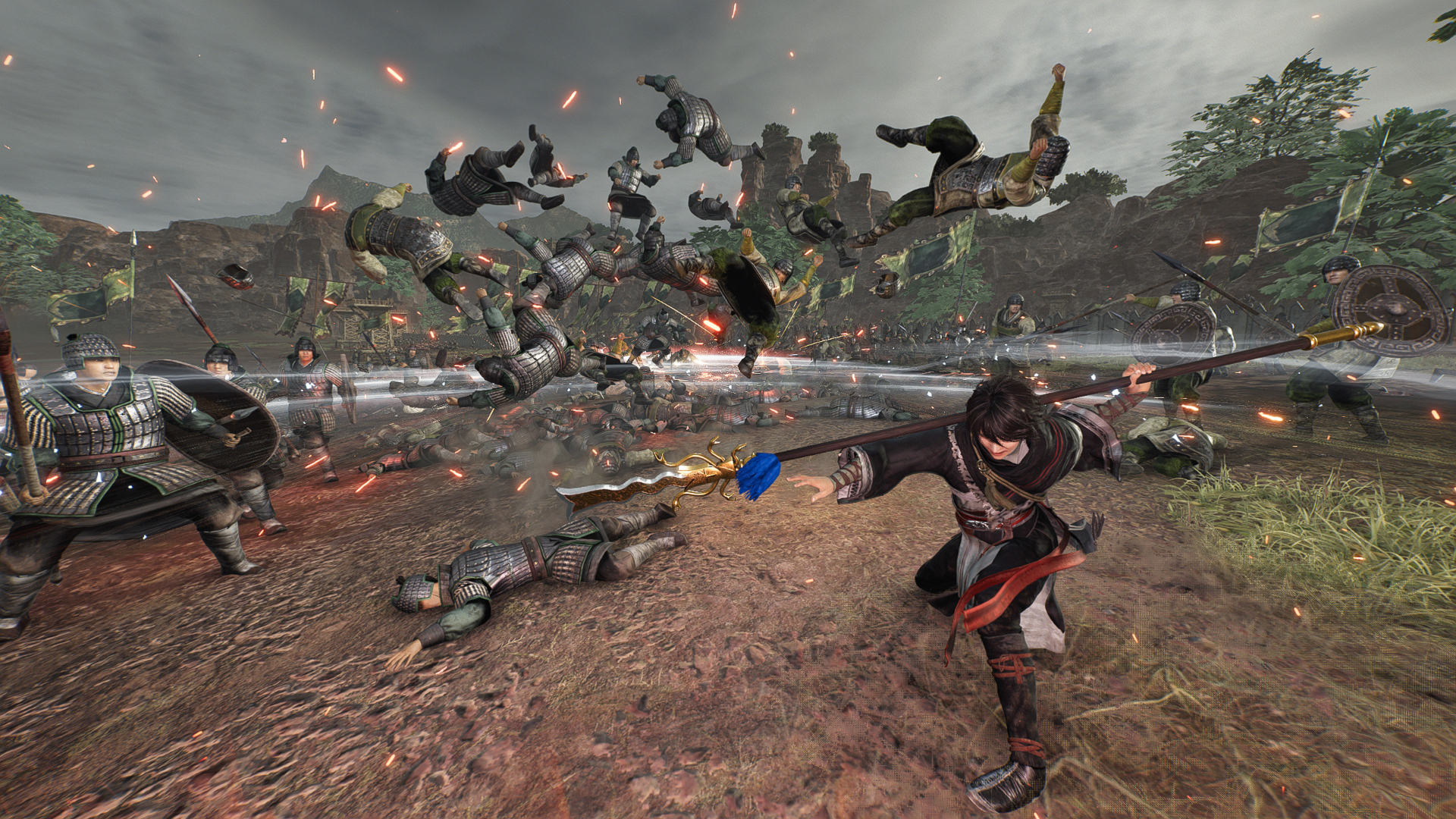
So while Dynasty Warriors Origins’ narrative changes end up feeling a little flat for me, I won’t be saying the same for its gameplay. Origins is the best-feeling Warriors game ever made, even when accounting for some of the excellent spin-offs like Hyrule Warriors and Dragon Quest Heroes 2. Origins boasts a level of AAA quality that the series has simply never had before, and it brings plenty of changes and additions that help keep the experience from feeling stale.
For starters, each of the game’s nine weapon types all feel distinct and are a far cry from the usual normal-to-strong attack combos we typically get from the series. That style is retained on the basic sword weapon type, but I found pretty much every other weapon to be vastly more interesting.
The twin pikes, for example, dish out more damaging blows when your strong attack inputs are hit at the right time. Meanwhile, the lance lets you absorb blows by holding down the strong attack button leading to a devastating attack at full strength. A favorite of mine is the gauntlets which let you adopt various stances for a wide variety of different attacks suited to both crowd control and single-target damage.
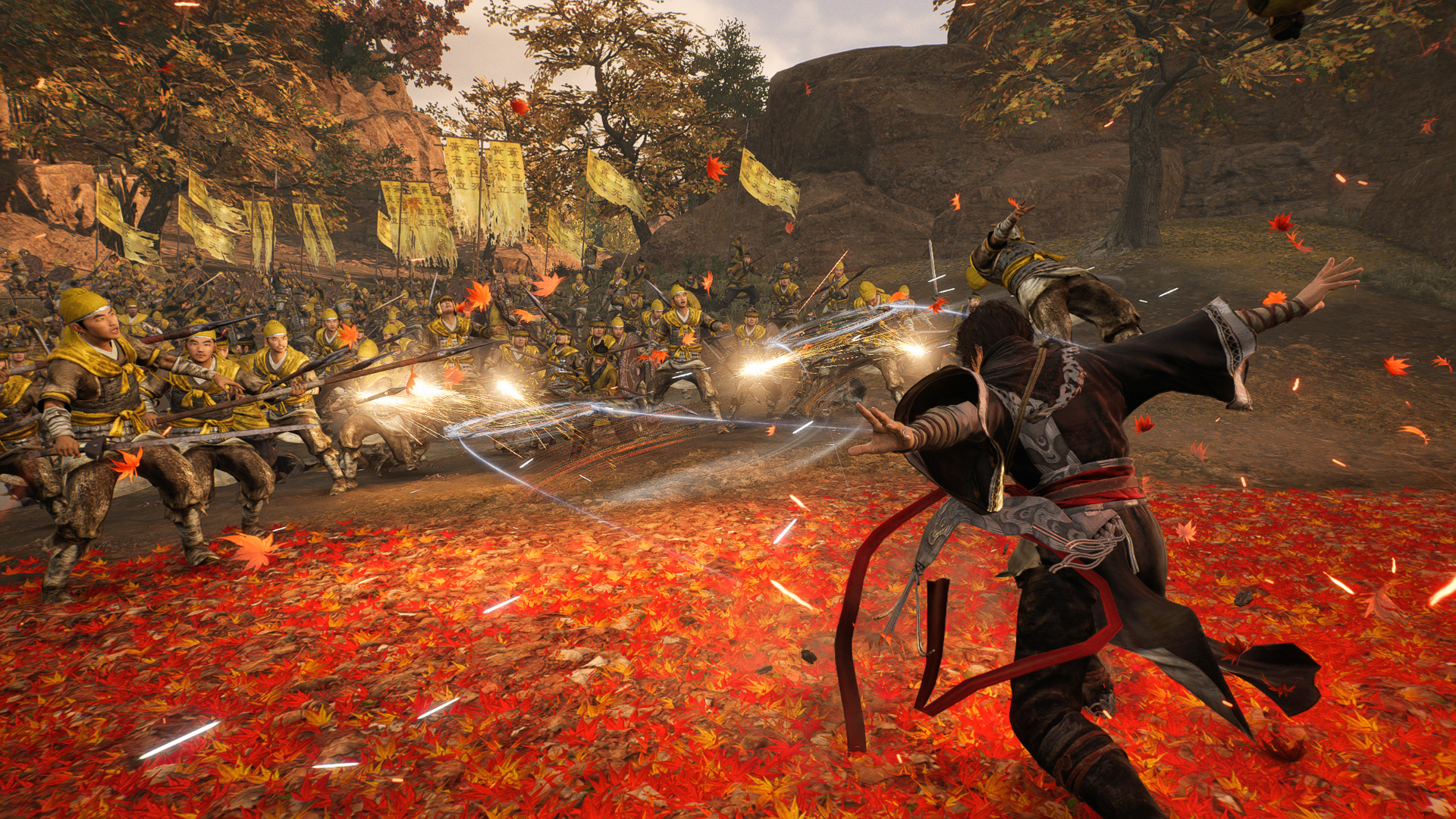
Weapon types will also rank up the more you use them, unlocking even more moves and abilities for each. Higher ranks will in turn unlock new sets of nodes on your skill tree, further bolstering your power when you redeem skill points earned through battle and by ticking off optional training objectives assigned to you by other officers. Furthermore, Bravery skills and Tactics offer an even wider pool of abilities, including powerful guard-breaking attacks and volleys of arrows to reign down on the opposing army.
There may be fewer weapon types overall when compared to older Warriors entries, then, but this has allowed Omega Force to really flesh out their move sets for a more fulfilling experience overall. It’s great that the game incentivizes you to try out all weapon types, too, via those aforementioned training objectives and evolving move sets as they rank up.
It’s not just the protagonist that can be controlled during battle, though. You also have the ability to partner up with another iconic officer as a companion. When their meter is full, you’re able to temporarily switch to them. These officers, including series favorites like Xiahou Dun, Guan Yu, and Sun Shangxiang, are deliberately overpowered and are able to turn the tides of a battle in an instant.
Companion officers do feel superb to play as, with their own abilities and Bravery arts to make use of. I am pretty mixed on the mechanic as a whole, though, as I definitely would’ve preferred an option to just play as them outright in addition to the protagonist. It probably won’t be such a huge deal if Origins is your first Warriors game, but, as a long-time fan, I can’t help but miss being able to play as a wider variety of Three Kingdoms heroes freely.
A truly modern Musou
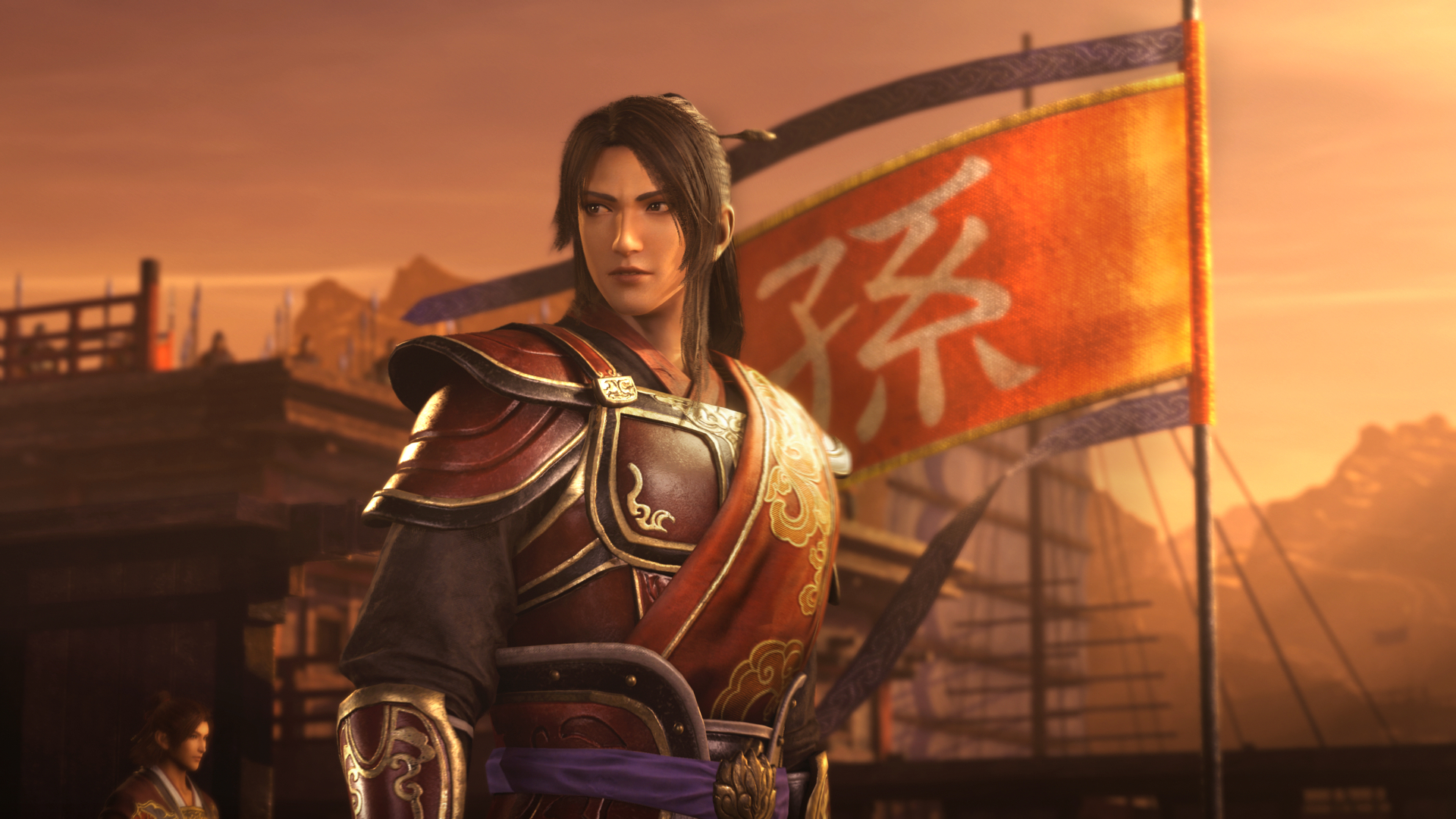
I think it’s fair to say that Dynasty Warriors Origins absolutely achieves what it sets out to do in revitalizing the Musou experience for a modern audience. It gave me that same “there is simply nothing else like this” feeling that I had with Dynasty Warriors 5 back in my teens. Nowhere is this more apparent than with Origins’ electrifying large-scale battles.
The general gameplay loop largely remains unchanged if you’re familiar with the Musou format. Most maps will have you eliminating enemy officers, taking over key bases, or escorting units to a particular location. With the power of current-generation gaming systems, however, Omega Force is finally able to make these battles feel truly large and cinematic.
That’s driven home by one major new feature: charges. When prompted to do so, you can head to a location on the map where your army has gathered to initiate a forward charge. This, for me, is the high point of any battle, as the camera pans back to give a wide view of the battlefield as you charge head-on towards the opposing army. A subtle screen shake and the courageous screams of your infantry further sell the moment as hundreds of troops clash into each other for an ultimate confrontation. It’s a moment that feels immensely rewarding and satisfying, and again, is unlike anything I’ve seen in any other action game, let alone any other Warriors title.
This incredible presentation is backed up by some pretty impressive visuals and yes, that trademark Dynasty Warriors brand of hard rock for the soundtrack. Perhaps most surprising of all, though, Origins is able to maintain a steady 60 frames per second (fps) in the default performance mode. There are also options for 30fps and 120fps modes, but the trade-offs here are either choppier performance or too big of a loss in visual clarity, respectively. The 60fps mode provides a pretty nice sweet spot and is the mode I would recommend for players without a high-end PC or PS5 Pro.
Should I play Dynasty Warriors Origins?
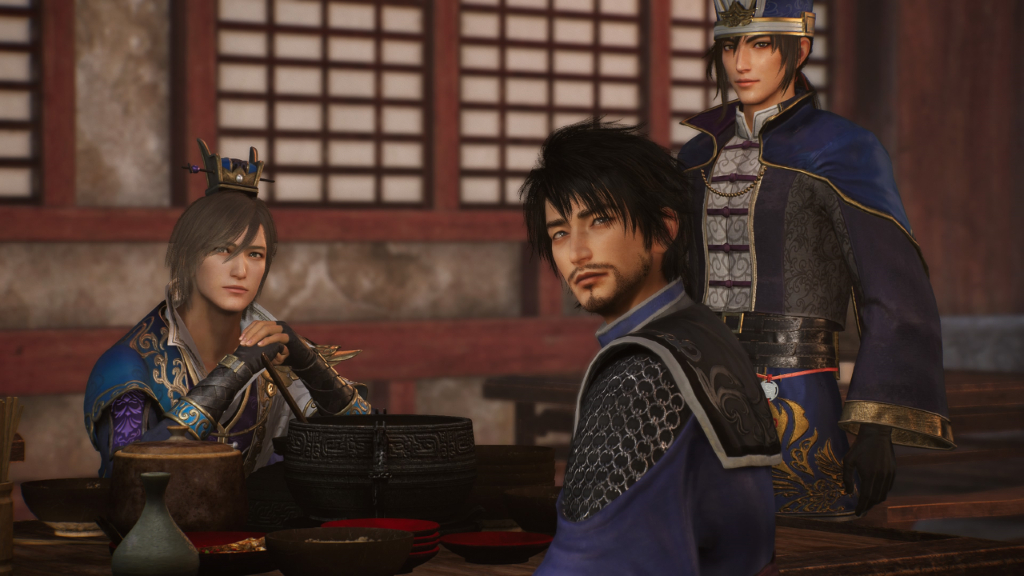
Play it if…
Don’t play it if…
Accessibility
Dynasty Warriors Origins has a handful of helpful accessibility options, led by three ‘color perception’ settings aimed at colorblind players These are unhelpfully labeled as settings ‘1, 2 and 3’ so you’ll need to switch between each to find which one best suits your needs. You can also adjust subtitle size, and choose to have a boxed backdrop for subtitles for easier reading.
Beyond this, there’s not much to speak of beyond the usual camera sensitivity and rumble adjustment settings. It is worth noting, though, that the three difficulty levels can be swapped between during the campaign itself, so there’s no need to commit if things are getting too easy or too hard as you progress.
How I reviewed Dynasty Warriors Origins
I played Dynasty Warriors Origins for 30 hours on PS5, taking me to the end of the main campaign. This playtime is expected to increase, though, as I head back into New Game Plus to try out other routes on the way to unlocking the game’s ‘true’ ending.
I played the game on a 4K LG CX OLED TV, primarily using the DualSense Wireless Controller to experience Origins’ fairly light usage of its haptic feedback. I often paired this with a JBL Quantum 910P gaming headset for a rich audio experience.
First reviewed January 2025







